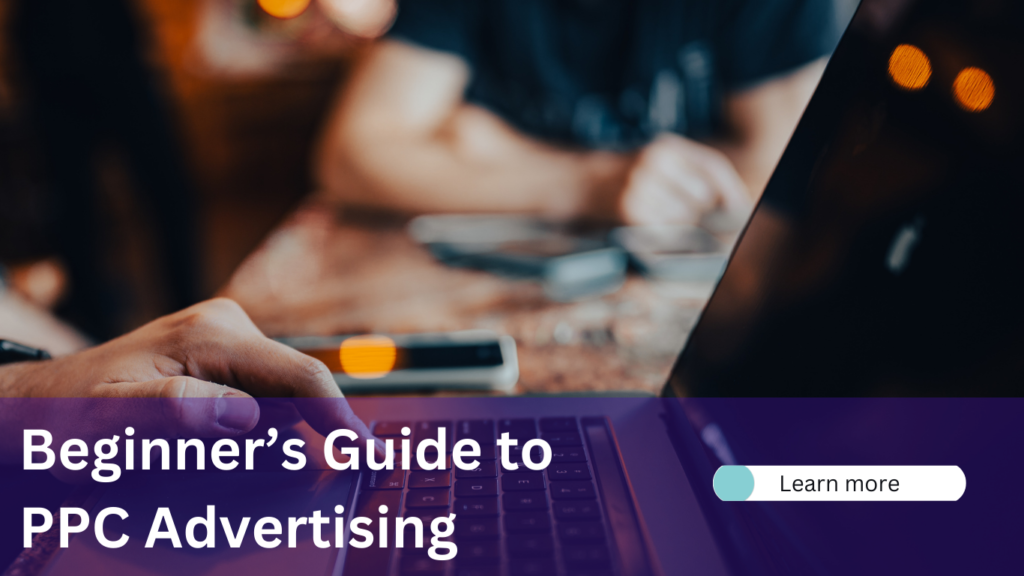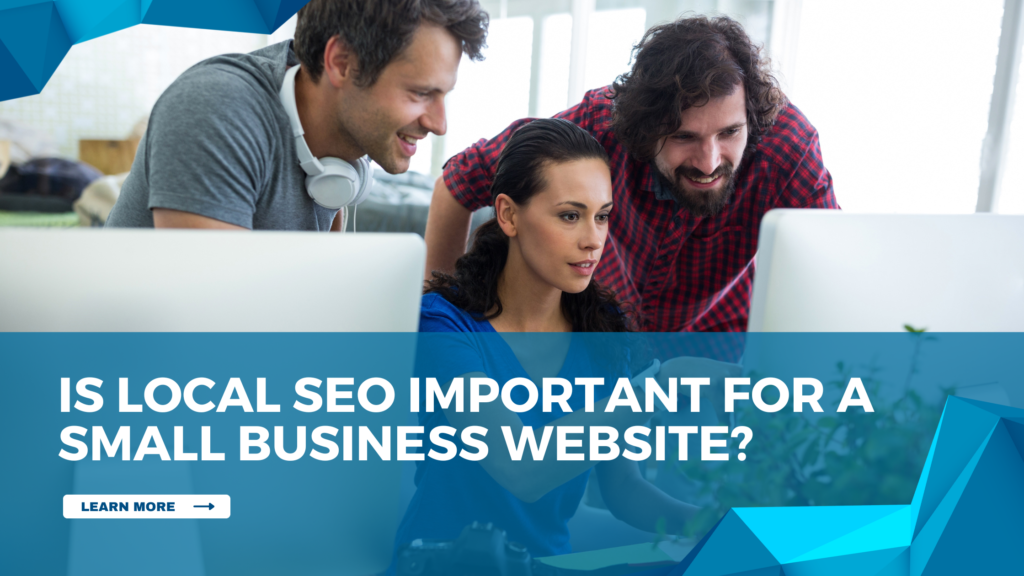Understanding Pay Per Click Advertising: A Beginner’s Guide
You may have this question: Isn’t SEO enough? Why spend money on PPC ads? Well, SEO is important for long-term visibility, but PPC (Pay-Per-Click) advertising gives you immediate results. It puts your product or service right in front of the people who are already searching for it. Whether you’re a freelancer, a startup founder, or running a local business, this blog gives you a step-by-step understanding of PPC and how to get started effectively. What is PPC and How Does it work? PPC stands for Pay-Per-Click. It means you only pay when someone clicks on your ad. These ads usually appear at the top of search engines like Google or Bing. Tip: Start with Google Ads, the most popular PPC platform. You can show your ads to people based on keywords, location, device, and more. Choose the Right Keywords Don’t just guess what people might search. Use keyword tools like Google Keyword Planner or Ubersuggest to find high-intent, low-competition keywords. Tip: Target long-tail keywords like “affordable laptop repair in Coimbatore” instead of just “laptop repair”. Example: A repair shop in Coimbatore switched to long-tail keywords and noticed a 2x increase in ad conversions at half the cost. Explore Different Types of PPC Ads: Grow Your Business with Targeted Campaigns 1. Search Ads: Appear on search engine result pages (e.g., Google). Triggered by keywords searched by users. A. Search Ads: These are ads that appear at the top of search engine results, marked with a “Sponsored” label. B. Location: They show up when you search for something specific, like a product or service. C. Content: The ad description explains what the product or service is about in a simple and clear way. D. Purpose: These ads aim to grab attention and encourage people to click and learn more or make a purchase 2. Display Ads: Appear as images or banners on websites or apps. Where It Appears: Display ads are typically shown on websites that are part of Google’s Display Network or on apps, not directly in search results. 3. Social Media Ads: Run on platforms like Facebook, Instagram, LinkedIn, and Twitter. Highly customizable based on audience demographics. Why Social Media Ads are so preferable: A. Targeted Audience: Social media platforms offer advanced targeting based on interests, demographics, and behavior. B. Wide Reach: They can reach millions of active users across platforms like Facebook, Instagram, LinkedIn, and Twitter. C. Engagement: Social media ads can drive higher engagement through likes, comments, shares, and clicks. D. Visual Appeal: Ads with images, videos, and interactive elements are more engaging and attention-grabbing. E. Cost-Effective: They can be scaled to fit any budget, making them ideal for small businesses and large enterprises alike. F. Real-Time Analytics: Advertisers can track ad performance in real-time and make adjustments instantly. 4. Shopping Ads: Ideal for e-commerce businesses. Display product images, prices, and descriptions on search engines. Shopping Ads for Men’s T-shirts: A. Search Query: “Men’s t-shirt” B. Shopping Ad Appearance: Ad Type: A row of images showing different men’s t-shirts, with prices and store names. Details: Image: A picture of a t-shirt. Title: “Men’s Casual T-shirt – Blue” Price: 500/- Store Name: “Brand X Store” Link: Clicking the ad takes the user directly to the product page. 5. Video Ads: Run on platforms like YouTube. Highly engaging and effective for brand storytelling. Here are some reasons why video ads are preferable: A. Increased Engagement: Videos are more captivating than text or image ads, leading to higher user interaction. B. Better Storytelling: Videos allow brands to tell a compelling story, building an emotional connection with the audience. C. Visual & Auditory Appeal: The combination of visuals, sound, and motion makes videos more memorable and impactful. D. Higher Conversion Rates: Well-crafted video ads can drive stronger calls to action, leading to higher sales or sign-ups. 6. Retargeting Ads: Target users who have previously visited your website. Helps convert interested users into customers. Let’s understand how Retargeting ad works: A. Situation: You visited an online store for shoes but didn’t buy anything. B. Retargeting Ad: A few days later, you see an ad on Facebook or Instagram showing the exact pair of shoes you looked at, with a message like: “Still thinking about those shoes? Get 10% off on your first purchase!” C. Goal: The ad reminds you of the product, offers an incentive (the discount), and encourages you to complete the purchase. How Much Does PPC Advertising Cost? Discover the Factors That Affect Your Ad Budget Keyword Competition: Keywords with higher demand cost more (e.g., legal or insurance terms). Ad Platform: Costs vary between platforms like Google Ads, Facebook, and LinkedIn. Geography: Ad costs are higher in competitive markets. Quality Score: Ads with better relevance and engagement have lower costs per click. Example: On Google Ads, the average cost per click ranges from ₹75 to ₹150 for most industries, but in competitive sectors like legal services, the cost can go up to ₹3,750+ per click. Easy Steps to Launch Your Pay-Per-Click Advertising Campaign for Success Set Clear Goals: Decide whether you want to drive traffic, generate leads, or boost sales. Example: “Increase website traffic” or “Boost sales of a specific product. Let’s take the example of a small coffee shop, Brew Bliss, launching its first PPC campaign to attract more customers. Brew Bliss wants to increase foot traffic to their store and grow online orders for their specialty coffee beans. 2. Choose the Right Platform: Pick platforms where your target audience is most active. Example: Decide whether to run ads on Facebook, Instagram, Google, or YouTube based on where your target audience spends their time. Since their audience is local and active on social media, Brew Bliss chooses Google Ads for search visibility and Instagram Ads for reaching coffee enthusiasts. 3. Conduct Keyword Research: Use tools like Google Keyword Planner,SEMrush, Ahrefs,
Understanding Pay Per Click Advertising: A Beginner’s Guide Read More »
Blog





